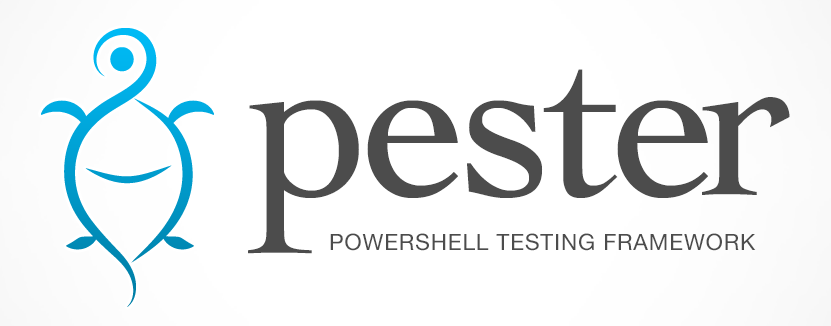

- #Powershell pester how to
- #Powershell pester update
- #Powershell pester windows 10
- #Powershell pester software
#Powershell pester how to
It’s a really simple function, but that will make it easier to understand how to write pester tests for it. These two parameters are used to create a folder, create a file and set the content of the new file. The New-PesterLab function now accepts two parameters $Path and $Name.
#Powershell pester update
Next, open the New-PesterLab.ps1 update the code to what is shown below. Sidenote: You don’t have to use the New-Fixture cmdlet, if you already have a function file you can just create the 1 by hand, but it won’t have any pester syntax in it. The other reason is by default Pester will run all. Once reason for that recommendation is it’s easy to keep track of what tests go with what function or script file. It’s highly recommended you follow the naming scheme FunctionName|1. New-PesterLab.ps1 and 1, New-PesterLab.ps1 is the PowerShell script for the function I’ll write and 1 is the PowerShell script for the Pester test I’ll write. The current version is 4.0.5, at least at the time of writing this blog post.Īfter you run the command you’ll notice two new files.
#Powershell pester software
However, like all modules and software for that matter updates are released so you’ll want to grab the latest versions.
#Powershell pester windows 10
If you’re running Windows 10 or Windows Server 2016, you already have a copy of the Pester PowerShell module. Why not learn Pester and have the computer do the testing for you as well? Installing Pester To put it in perspective a little, you probably learned PowerShell so that you could automate and have the computer do things for you. That’s called testing the code and is exactly what Pester can do for you.

You might think to yourself well what’s the point of that? I already wrote my PowerShell function, all I need to do now is run it and see if it does what I want. But, really all you need to know about it before getting started, is that it’s a testing framework and it can be used to automate the testing of your PowerShell code. Pester is a PowerShell behavior-driven development (BDD) style testing framework.

Submit your suggestions or feature requests on the Wish List and Feature Requests forum or the Feature Requests page. Many of the new features included in the service builds are suggestions from users like you. You can view the complete service build log here. Please let us know what Pester features you would like to us implement next by submitting a feature request here. We plan on expanding our Pester support for PowerShell Studio. Since the Pester results are displayed in the Tools Output panel, you can take advantage of the Copy HTML functionality: You can double-click on the Description, Context or Test name to quickly jump to that location within the *.Tests.ps1 script. The test totals are reflected at the bottom of the results: Here is a summary of what each symbol means: Pester uses symbols to denote each individual result. When a Pester test script is found, the results are displayed in the Tools Output panel: If there isn’t an associated pester test script, you will get an error message: It will automatically dot source the original file for you when you use the Run Pester Test command. Note: PowerShell Studio does not require you to dot source the source file within the *.Tests.ps1 script. The *.Tests.ps1 files contain all of your Pester tests that will be executed when you run the Run Pester Test command: The associated Pester test file should be: Pester defines a test script with the *.Tests.ps1 extension. The Run Pester Test command will invoke the associated Pester test script for the active ps1 script file. In other words, it doesn’t run a test against a psf file. Important: At this time, the Run Pester Test command only supports individual ps1 files. You can also access Run Pester Test by using the document tab context menu: We added the new Run Pester Test (Ctrl + Shift + F8) command to the ribbon’s Run menu: There are plenty of articles covering Pester (see Related Links below). I will not go into detail into the Pester module itself. The module allows you to run unit tests on your scripts and functions. For those who are not familiar with the Pester module, it is a testing framework for PowerShell. The v5.6.164 service build introduces Pester integration into PowerShell Studio.


 0 kommentar(er)
0 kommentar(er)
